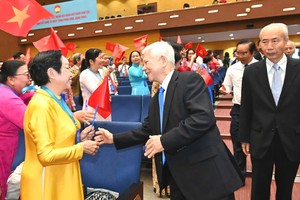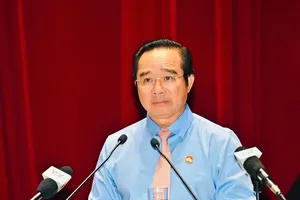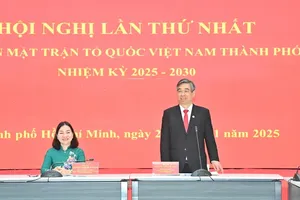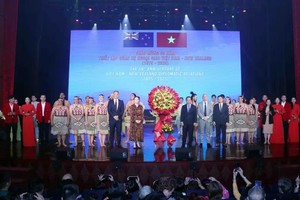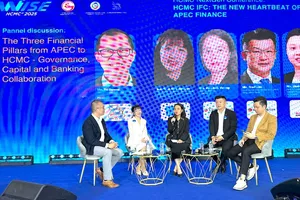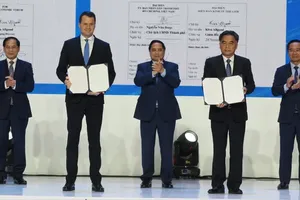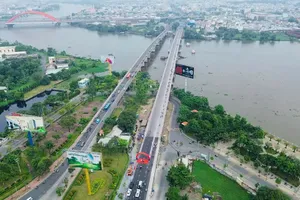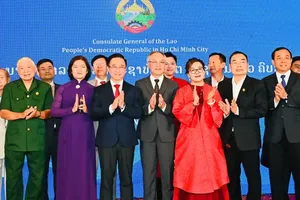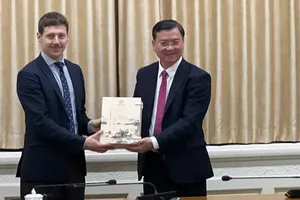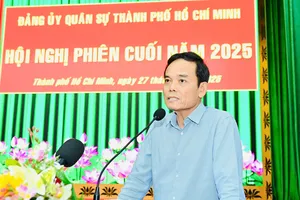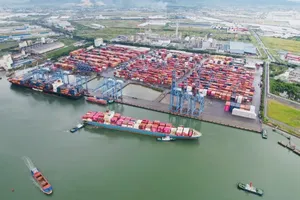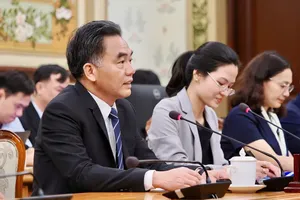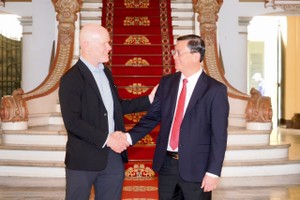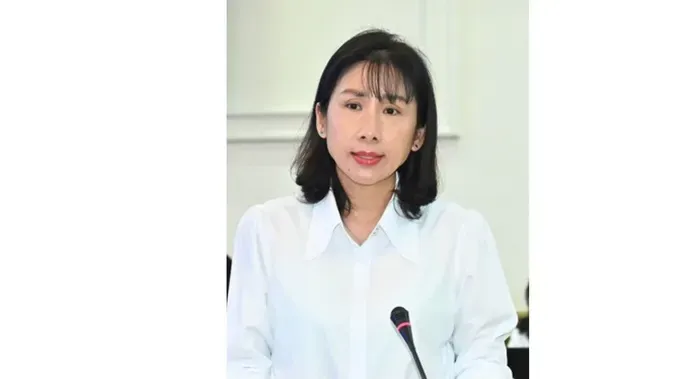
Director Pham Thi Thanh Hien of the HCMC Department of Home Affairs explained the city’s determination to force a workforce with both competence and a drive to serve. As a special metropolis and the nation’s economic engine, HCMC has taken a proactive stance on restructuring its administrative units at both the provincial and communal levels. While the first three months have yielded significant progress across various sectors, it’s not without its challenges and limitations.
Looking ahead, the Department of Home Affairs is set to advise on a multi-faceted strategy. It’s focusing on institutional reforms, organizational streamlining, human resource development, and modernizing the administrative infrastructure.
The goal is to bolster coordination and oversight to maximize the effectiveness of the two-tier local government model. At the heart of this strategy is the focus on people with civil servants and public employees who not only possess the necessary skills but also have a genuine aspiration to serve the public.
The city is revamping recruitment to attract top talent and shifting to a tech-based KPI model to ensure leader accountability. Meanwhile, inter-departmental task forces will tackle complex issues while regular surveys resolve local obstacles swiftly. For transparency, the city will publicize evaluation results, using citizen satisfaction as the ultimate performance measure to drive continuous reform and improvement across all localities.

Moving to the scientific innovation field, Director Lam Dinh Thang of the HCMC Department of Science and Technology commented that in a world defined by increasingly fierce technological and innovative competition, science, technology, innovation, and digital transformation are no longer just support tools; they are the core drivers of a nation’s, and a city’s, strategic position.
Resolution No. 57-NQ/TW has opened a golden opportunity for HCMC to cement its role as the development engine of the Southeast region as well as the country’s most dynamic economic zone and to become a national hub for innovation.
HCMC is already home to over 21,000 individuals in the science and technology sector, along with more than 135 dynamic research groups engaged in international collaboration, producing high-quality products that are competitive both at home and abroad.
The city’s innovation startup ecosystem is now on the cusp of breaking into the top 100 most dynamic startup cities globally. It currently comprises over 2,000 startups, dozens of creative spaces, and a vibrant network of incubators and venture capital funds.
The city has set ambitious targets for 2030:
- total factor productivity to contribute 60 percent of its GRDP, with the digital economy making up 30 to 40 percent of that;
- research and development spending to reach 2-3 percent of GRDP and allocating at least 3-4 percent of the annual city budget to science-technology and innovation;
- region-wide 5G coverage and the establishment of at least five internationally recognized science-technology organizations.
To hit its targets, HCMC must implement breakthrough solutions within the current legal framework. Science, technology, and digital transformation are the pillars of its new growth model, driving the shift to a digital, green, and circular economy. This requires overhauling science-technology management and building strong organizations to link government, business, and academia.
The city is investing in world-class infrastructure, stronger academic-industry ties, and public-private partnerships. By developing digital infrastructure and high-quality human resources, it will create the innovative environment needed for top talent. This path is mandatory for HCMC to become a leading innovation hub in Southeast Asia.
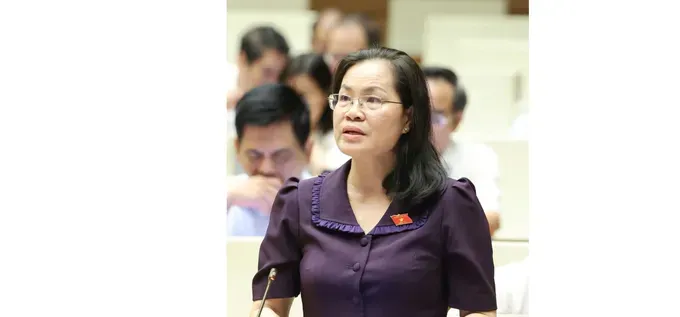
Concerning the law sector, Director Nguyen Thi Hong Hanh of the HCMC Department of Justice mentioned refining the legal framework for modern urban governance. Following its recent consolidation, HCMC’s scale and development potential are immense. This rapid growth creates an urgent need to perfect its legal framework to ensure modern, effective urban governance fit for the digital age.
To implement the Politburo’s Resolution No. 66-NQ/TW, the Department of Justice proposes refining the special legal mechanisms for HCMC. Specifically, HCMC is advocated to be permitted to submit an amended version of Resolution 98, which pilots special development policies for the city, to the National Assembly during its upcoming 10th session.
On another front, the city must tighten institutional discipline under Party leadership, with a sharp focus on controlling new administrative procedures to prevent red tape. A breakthrough in law enforcement is also needed, featuring periodic oversight, enhanced leader accountability, and a rapid policy response task force. Beyond legal education, it will emphasize strict inspection, supervision, and handling of violations.
Accelerating digital transformation is critical. AI is proposed to assist in drafting and appraising legal documents. The long-term vision is an AI system that supports law enforcement supervision by analyzing real-time data to spot trends and identify systemic bottlenecks early.

In the field of healthcare, Director Tang Chi Thuong of the HCMC Department of Health insisted on bolstering human resources to elevate the city’s healthcare quality.
The Politburo’s Resolution No. 72-NQ/TW has laid out a grand vision for improving public health, and the draft documents for the city’s Party Congress reflect this ambition. The city is setting clear targets for 2030: 35.1 hospital beds, 21 doctors, and 35 nurses per 10,000 residents. Starting from 2026, every citizen will be entitled to a free annual health check-up or screening.
Highly aware that human resources are the cornerstone of the healthcare vision, HCMC is giving young doctors grassroots experience, rotating specialists to remote areas, and applying AI in primary care diagnostics.
Inspired by Resolution 72, the city is overhauling medical training to cultivate well-rounded professionals skilled in medicine, communication, and digital technology. A key focus is developing top talent in deep-specialty fields like minimally invasive surgery, oncology, and emergency care. This will not only serve our people but also cement Vietnam’s position on the international medical map, ensuring high-quality, accessible healthcare for all.
Finally, it’s necessary to strengthen the synergy between public and private healthcare in talent development. They should be seen as two arms working toward the same mission. The city needs policies that encourage private health systems to participate in training alongside public universities and hospitals, creating a powerful synergy that benefits everyone.
